Enhance Post-Purchase Experience with Order Tracking
What makes order tracking vital? Let’s embark on a journey to uncover its role in shaping the realm of e-commerce.
Boost customer experience and reduce support tickets
Realtime order and shipment tracking
Proactive order and shipping notifications
Predictive pre-purchase estimated delivery dates
Self-Serivce branded order tracking
Effortless experience delivered
Make returns profitable and delight customers
Flexibility to define any return destinations & conditions
Simplify returns for your customers and team
Incentivize exchanges over returns
Returns management made easy for your team
Understand why your customers are returning
Unify the online and the in-store experience
Hassle-free pickup experience for customers
In-Store Dashboard to keep operations streamlined
In-Store and Online orders unified
Drive foot-traffic to your stores
Boost customer experience and reduce support tickets
Realtime order and shipment tracking
Proactive order and shipping notifications
Predictive pre-purchase estimated delivery dates
Self-Serivce branded order tracking
Effortless experience delivered
Make returns profitable and delight customers
Flexibility to define any return destinations & conditions
Simplify returns for your customers and team
Incentivize exchanges over returns
Returns management made easy for your team
Understand why your customers are returning
Unify the online and the in-store experience
Hassle-free pickup experience for customers
In-Store Dashboard to keep operations streamlined
In-Store and Online orders unified
Drive foot-traffic to your stores
Find the answer to all your questions
Explore the most comon questions about WeSupply
Calculate the ROI that WeSupply can bring you
Request a no strings attached review of your current shopping experience and missed conversion opportunities
Take a step by step trip through our functionality to see how we can improve your ecommerce processes.
Read actionable articles on how to optimize your post-purchase experience and decrease support tickets
Get inspired by stories of how our customers implemented an effortless post-purchase experience
A Deep Dive into Top Companies' Order Tracking & Returns Strategy
Wondering if WeSupply is a good fit for you? Read through our use cases to see how we can help you increase conversion & improve CX!
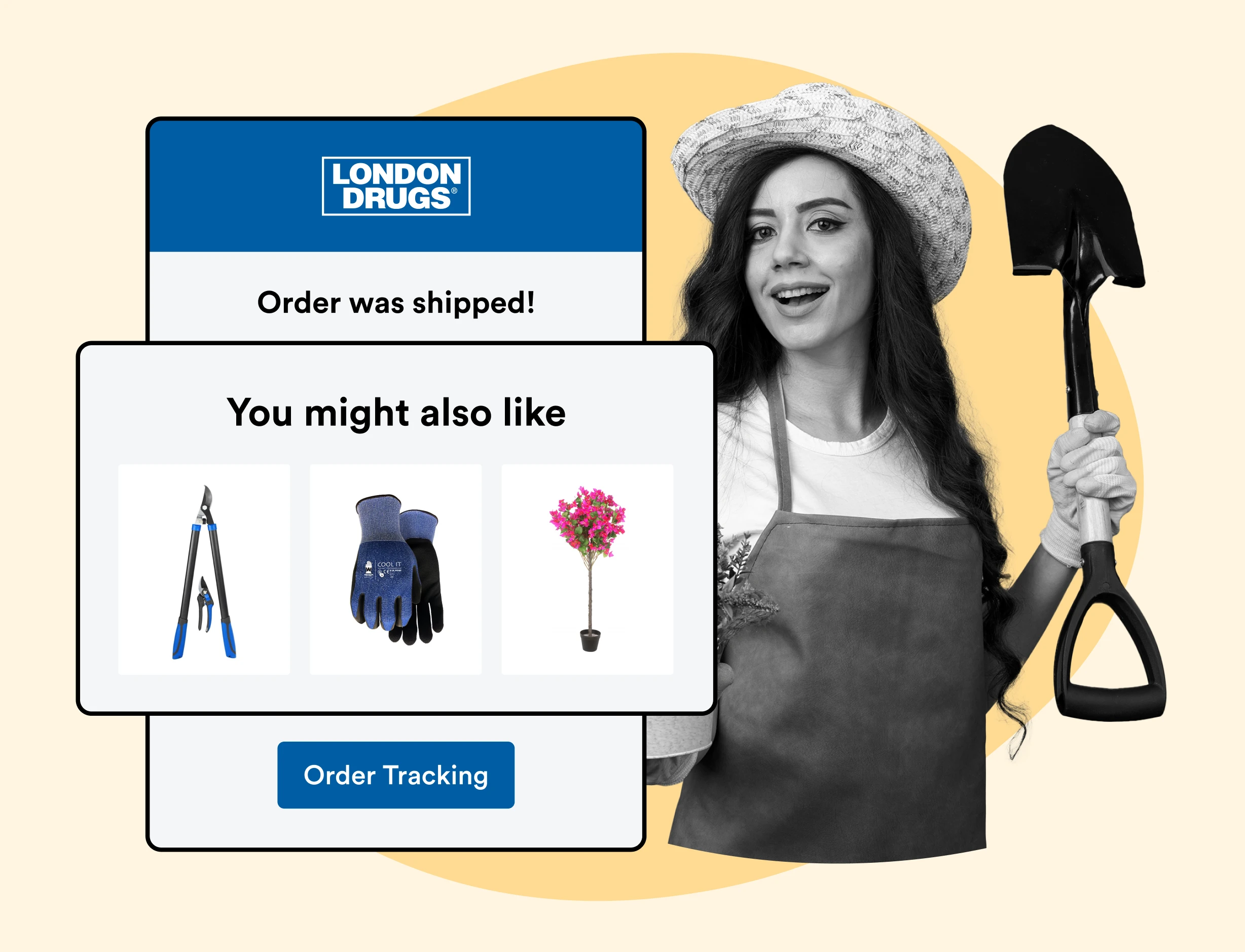
Thriving in the world of marketing requires a deep understanding of the forces that drive consumer behavior, including shopper behavior factors. By examining the intricate web of psychological, personal, social, and economic factors that shape purchasing decisions, marketers can develop strategies that resonate with their target audience, ultimately driving business success. In this blog post, we’ll take a journey through the complex world of consumer behavior, exploring four key shopper behavior factors that influence shopping decisions and provide actionable insights for businesses to enhance their marketing efforts.
Understanding consumer behavior is key to successful marketing.
Psychological, personal, social and economic factors all influence shopping decisions.
AI and big data are driving advancements in understanding customer preferences for adaptive strategies that remain competitive in the changing landscape.
WeSupply boosts shopper behavior with post-purchase analytics, branded tracking, proactive notifications, and flexible exchange and refund options.
Achieving go-to-market success relies on understanding the factors that influence consumer behavior. Grasping the psychological, personal, social, and economic factors that affect consumer behavior enables businesses to customize their marketing strategies, enhance engagement, and boost customer conversion and retention.
This part of the article highlights the importance of understanding shopper behavior and summarizes insights from competitor outlines, paving the way for a detailed exploration of the factors that shape consumer preferences and decisions.
A deep understanding of consumer behavior is key to marketing success, as it enables businesses to make informed decisions regarding their products and services, devise effective marketing strategies, and recognize customer needs. Gaining insight into consumer psychographics allows marketers to identify effective engagement methods with customers and adapt their strategies to keep pace with changing consumer behavior.
For example, Starbucks Coffee Company leverages market research to identify consumer preferences and align their offerings accordingly, while Apple’s success is attributed to their comprehensive research into consumer behavior, which assists them in developing effective marketing strategies.
WeSupply’s Return Analytics provides merchants with crucial insights into key return metrics, enabling them to identify and address customer pain points with their products. This powerful tool helps in understanding the reasons behind returns, facilitating effective resolutions that enhance customer satisfaction. By leveraging these analytics, businesses can make informed decisions to improve product quality and the overall shopping experience, ultimately leading to increased customer loyalty and satisfaction.
Human psychology is a significant factor in influencing consumer behavior, shaping purchasing decisions and preferences through:
Motivation
Perception
Learning
Attitudes
Beliefs
This section will detail each of these psychological factors and their impact on consumer behavior, illuminating the complex interaction between the human mind and our choices as shoppers.
Motivation is a key factor in consumer behavior, serving as the primary impetus for individuals to make purchasing decisions and interact with brands. It reflects the underlying motivations that prompt consumers to make purchases, which can range from:
Needs
Desires
Goals
Emotions
Conversely, learning plays a significant role in influencing consumer behavior. Product knowledge, brand perception, decision-making, and behavior change are all affected by learning. Attitudes and beliefs, influenced by personal experiences, social influences, and advertising, can also shape shopping decisions, with positive attitudes leading to increased likelihood of purchase, and negative attitudes deterring consumers from buying a product.
Psychological factors manifest in various real-world scenarios. Luxury brands, such as Lexus, BMW, and Chanel, demonstrate how consumers are motivated by the desire for esteem and admiration, while learning from past experiences and information influences consumer decision-making processes, as seen in the impact of online reviews and consumer education on purchasing decisions.
Attitudes and beliefs can significantly impact buying decisions, with consumers often having preconceived notions about a product or brand that can either encourage or discourage a purchase. By understanding and leveraging these psychological factors, businesses can tailor their marketing strategies to appeal to each individual’s motivations, perceptions, and attitudes, ultimately driving customer conversion and retention.
Personal factors, such as age, life stage, income, spending habits, and professional needs, play a significant role in shaping consumer preferences and behavior. This section will analyze the impact of these factors on shopping patterns across various demographics, offering insights into the intricate interaction between personal dynamics and consumer choices.
Age has a considerable impact on consumer purchasing behavior, with physical capabilities, wisdom, experience, and spending capabilities all being affected by age, thus shaping buyer behavior.
Life stage can have a considerable impact on consumer buying decisions as well, with different life stages, such as:
being single
getting married
having children
entering retirement
often bringing along distinct needs, priorities, and financial situations.
Professional needs can significantly impact consumer behavior as well, with workers often purchasing clothing, footwear, or equipment that meets their job requirements, and professionals prioritizing products or services that boost their efficiency or assist them in achieving their career objectives.
The influence of social and cultural context on consumer decisions is profound. Factors such as:
Family
Peers
Cultural values
Social class
All play a significant role in shaping shopping choices and consumption patterns.
This section will examine the impact of these factors on consumer behavior, as well as their role in creating niche markets and sculpting consumer preferences.
Family and peers, as reference groups, play a significant and influential role in consumer behavior, with family members providing pertinent information, shaping opinions, and controlling access to products or services, making them essential influencers in the consumer decision-making process. Peers can also have a considerable influence on shopping choices, shaping buying decisions through recommendations, shared experiences, and peer opinions.
Cultural values can have a considerable impact on consumer behavior as well, shaping consumers’ goals, as well as their responses to prices, brand images, and advertising elements.
Social and cultural factors can create niche markets by driving the unique needs, preferences, and identities of specific consumer segments, such as demographics, psychographic factors like personality and values, and firmographic factors. Additionally, companies can leverage these factors to create niche markets by aligning with social causes and cultivating a distinct culture that resonates with a particular target audience.
By understanding the influence of social and cultural factors on consumer behavior, businesses can better target their marketing efforts and develop products and services that appeal to their target market.
Economic factors, such as personal and family income, market conditions, and consumer confidence, play a substantial role in consumer behavior and consumer buying behavior. Social factors also influence consumer behaviors and purchasing decisions.
This section will analyze the impact of these factors on shopping behavior and consumer choices, offering insights into the intricate interaction between the economy and consumer behavior.
Personal and family income have a direct impact on purchasing habits, leading to an increased desire to purchase luxury items with higher incomes and a focus on affordability and value for money with lower incomes. Market conditions, such as inflation, unemployment, interest rates, and consumer confidence, can also have a substantial effect on consumers’ purchasing behavior, with higher prices potentially resulting in fewer units purchased and favorable economic conditions encouraging spending.
Consumer confidence plays a pivotal role in influencing shopping behavior, significantly affecting consumers’ propensity to spend, their purchasing decisions, and their overall economic outlook.
Economic factors, such as variations in price due to inflation and deflation, the state of the economy, and economic hardships, can have a considerable effect on consumer purchasing power and behavior. Incomes can also impact consumer spending habits, as individuals with higher incomes typically have more disposable income and are more likely to make discretionary purchases, while those with lower incomes may need to prioritize essential items over non-essential purchases.
By understanding and leveraging economic factors, businesses can better anticipate consumer behavior and develop targeted marketing strategies to appeal to their target audience.
To create successful marketing campaigns, businesses must leverage the comprehensive insights gained from understanding consumer behavior. This section will discuss techniques for utilizing these insights in targeted advertising, customer segmentation, and personalization, along with strategies for nurturing brand loyalty and customer retention.
Keep your customers engaged during the delivery experience
Book a quick call with our experts to see how WeSupply can help you engage your customers with relevant updates through the right channel, at the right time.
For targeted advertising, marketers can utilize techniques such as A/B testing, data-driven insights, focus groups, and market research to understand consumer behavior and preferences and create personalized marketing campaigns. In terms of customer segment, understanding consumer behavior can enhance segmentation by analyzing customer interactions, utilizing predictive analytics, incorporating psychographic information, and consistently refining segments based on newly acquired insights.
Personalization strategies can be employed to create marketing efforts tailored to individual consumers, offering personalized experiences, messages, and offers that resonate with customers and drive engagement and conversions.
WeSupply’s personalization capabilities enable merchants to integrate their established brand image seamlessly into the post-purchase process. This feature not only consolidates consumer loyalty by reinforcing brand identity but also ensures ongoing interaction with customers after the sale. By maintaining a consistent brand presence throughout the customer journey, WeSupply helps businesses strengthen their relationship with customers, enhancing loyalty and encouraging repeat purchases.
Understanding diverse shopper behaviors is essential for fostering brand loyalty and customer retention. Here are some strategies businesses can use to achieve this:
Customizing services
Offering personalized experiences
Providing excellent customer service
Implementing loyalty programs
Utilizing customer data to tailor marketing efforts
By implementing these strategies, businesses can create a sense of exclusivity, make customers feel valued, and increase customer engagement and conversions.
By leveraging these strategies, marketers can create a strong customer base and ensure customer loyalty.
WeSupply’s approach to crafting marketing strategies focuses on leveraging post-purchase analytics and more to enhance customer experience and foster brand loyalty. Key features include:
Refund Options: Offering refunds as store credits, gift cards, or coupon codes, WeSupply aims to encourage repeat purchases and build customer trust.
In essence, WeSupply’s strategy integrates comprehensive analytics with customer-centric communication tools to create effective, personalized marketing campaigns. Discover the Future of Customer Experience – Book Your WeSupply Demo Today!
London Drugs, a prominent Canadian retailer, tackled the challenges of omnichannel customer experience management in their expansive network. Struggling with a complex logistics system and lacking a unified tracking solution for their diverse delivery methods, they integrated Salesforce Commerce and Kibo for front-end experience and order management. However, the challenge of consolidating order updates remained. Implementing WeSupply, London Drugs connected their multifaceted systems, enabling seamless customer updates, improved shopping experiences, and efficient in-store pickup processes. This integration provided real-time notifications and simplified curbside order management, significantly enhancing customer engagement and operational efficiency.
Dive into the full London Drugs case study to explore how they transformed customer expectations in the omnichannel retail landscape.
As the landscape of consumer behavior continues to evolve, it’s essential for marketers to stay informed about emerging trends and innovations in consumer behavior research and analysis. This section will examine upcoming trends, like AI and big data, and discuss the potential ramifications of these insights on future marketing strategies.
Artificial intelligence (AI) and big data are two noteworthy trends and innovations in consumer behavior research and analysis. AI assists in forecasting consumer behavior by utilizing sophisticated algorithms and machine learning methods, while big data aids in comprehending and predicting consumer behavior by extracting immense volumes of data to detect behavioral patterns and utilizing prior behavior to anticipate future results.
By leveraging these advanced technologies, businesses can gain insights that were previously inaccessible, leading to a better comprehension of consumer behavior and more precise predictions.
As these trends continue to gain traction, marketers can expect to see a significant impact on their marketing strategies. AI and big data can be leveraged to craft more targeted and personalized marketing campaigns, as well as to gain a better understanding of customer behavior and preferences. By capitalizing on these insights, marketers can create personalized experiences, messages, and offers that will resonate with customers and drive engagement and conversions.
As we advance, comprehending and adapting to these emerging trends in consumer behavior will be indispensable for businesses aiming to prosper in a progressively competitive market.
Conclusively, understanding the intricate world of consumer behavior is a prerequisite for marketing success. By examining the intricate web of psychological, personal, social, and economic factors that shape purchasing decisions, marketers can determine consumer behavior and develop strategies that resonate with their target audience, ultimately driving business success.
Moving forward, adaptive marketing strategies that align with consumer insights will become increasingly important in the changing landscape of consumer behavior.
Embracing the evolving landscape of consumer behavior is essential for businesses to remain competitive in today’s dynamic market. By comprehending consumer behavior, businesses can develop targeted campaigns that are tailored to their customers’ needs and preferences, fostering loyalty and driving long-term success.
To conclude, as consumer behavior continues to evolve, the significance of adaptive marketing strategies that align with consumer insights is undeniable.
In summary, this blog post provided an in-depth exploration of the factors that influence consumer behavior and their implications for marketing success. By understanding the psychological, personal, social, and economic factors that shape purchasing decisions, marketers can develop strategies that resonate with their target audience, ultimately driving business success. As the landscape of consumer behavior continues to evolve, the importance of adaptive marketing strategies that align with consumer insights will become increasingly crucial.
WeSupply strategically helps to influence shopper behavior by harnessing key insights from post-purchase analytics, offering branded tracking and proactive notifications to enhance the customer experience. By incentivizing exchanges over returns and providing flexible refund options, WeSupply not only boosts customer engagement but also fosters brand loyalty, effectively shaping modern shopper behavior.
Combat inconvenience with proactivity & self service
Book a quick call with our experts to see how WeSupply can help you make returns easy for your customers with a beautiful, self-service solution that makes their experience easier while also providing new ways to lower costs and earn back revenue.
When making a purchasing decision, five key factors typically come into play: budget, quality, features, emotional appeal and convenience.
Consumer behavior is categorized into four main types: complex-buying behavior, dissonance-reducing buying behavior, habitual buying behavior, and variety-seeking buying behavior. These are determined by the level of involvement, differences between brands, and the product a consumer needs.
Family is an integral part of consumer behavior, having an impact on preferences and purchases through their influence within the family unit and relationships with other family members.
WeSupply influences shopper behavior by enhancing the post-purchase experience, leading to increased customer engagement and brand loyalty.
WeSupply sends proactive post-purchase emails and SMS notifications to keep customers informed about their orders and returns, and to offer personalized deals.
You can book a demo to experience firsthand how WeSupply can transform your post-purchase customer experience.

Learn How To Create Successful Post Purchase Email Campaigns
Build an effective post-purchase email flow that helps you increase customer satisfaction and drive revenue growth!
What makes order tracking vital? Let’s embark on a journey to uncover its role in shaping the realm of e-commerce.
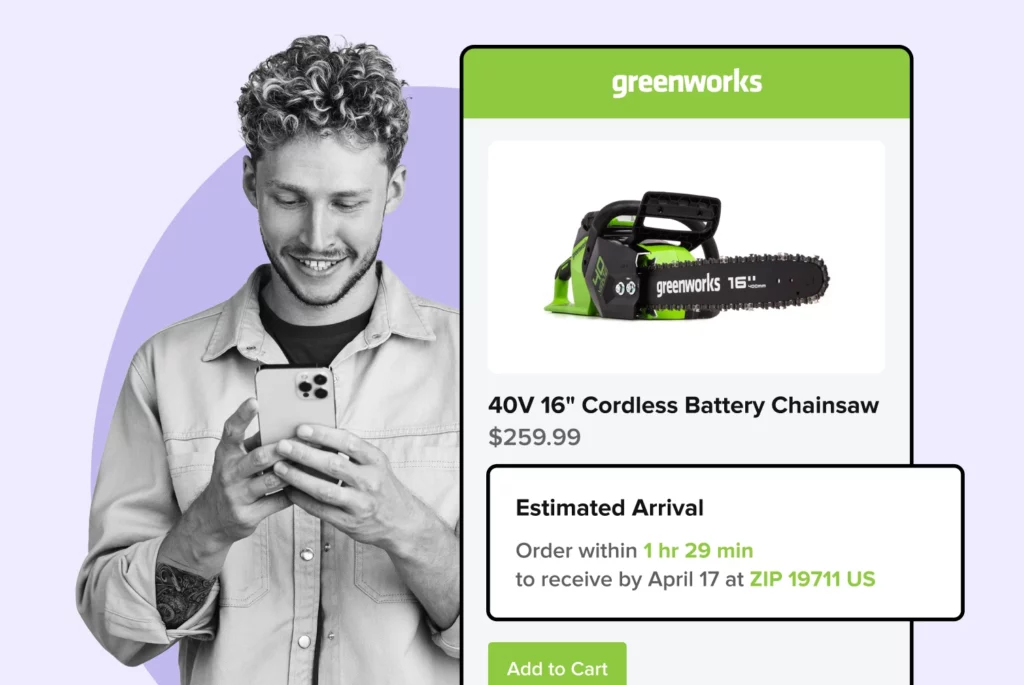
Let’s understand the customer’s perspective and optimize each step of their journey to navigate the twists of the online shopping experience.

How can businesses enhance their eCommerce customer experience? Let’s delve into the various strategies that can be employed.

Impulsivity leads to a surge in e-commerce returns. But what exactly spurs this impulsive behavior, and how can it be curtailed?
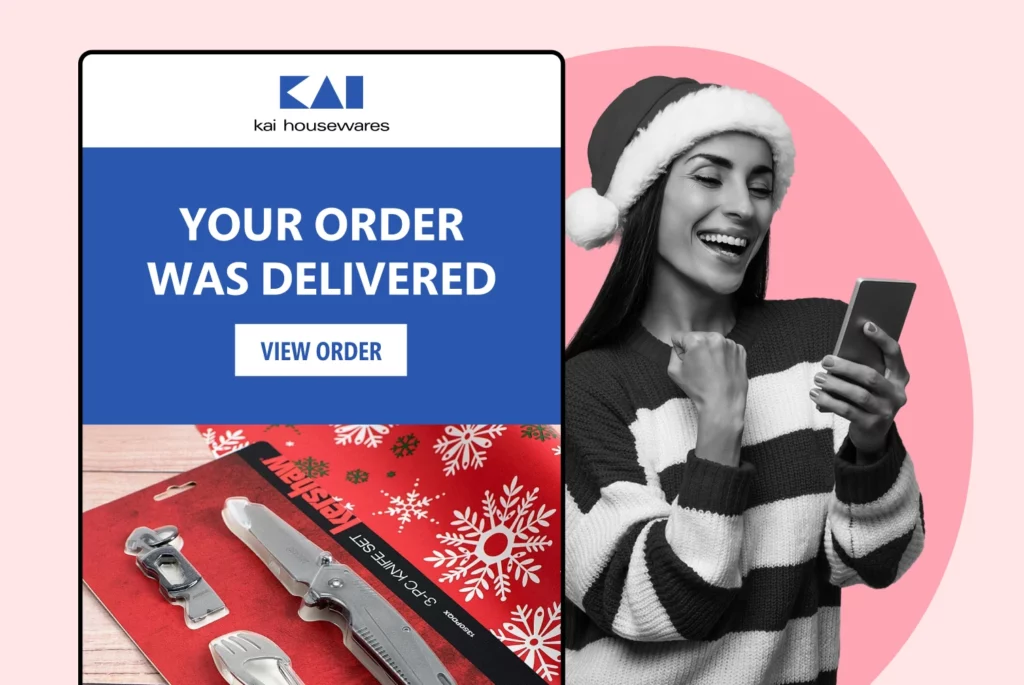
With the right strategies, businesses can maximize customer satisfaction and sales during this critical period. Ready to unwrap the secrets of holiday success? Let’s journey into the bustling world of holiday retail.
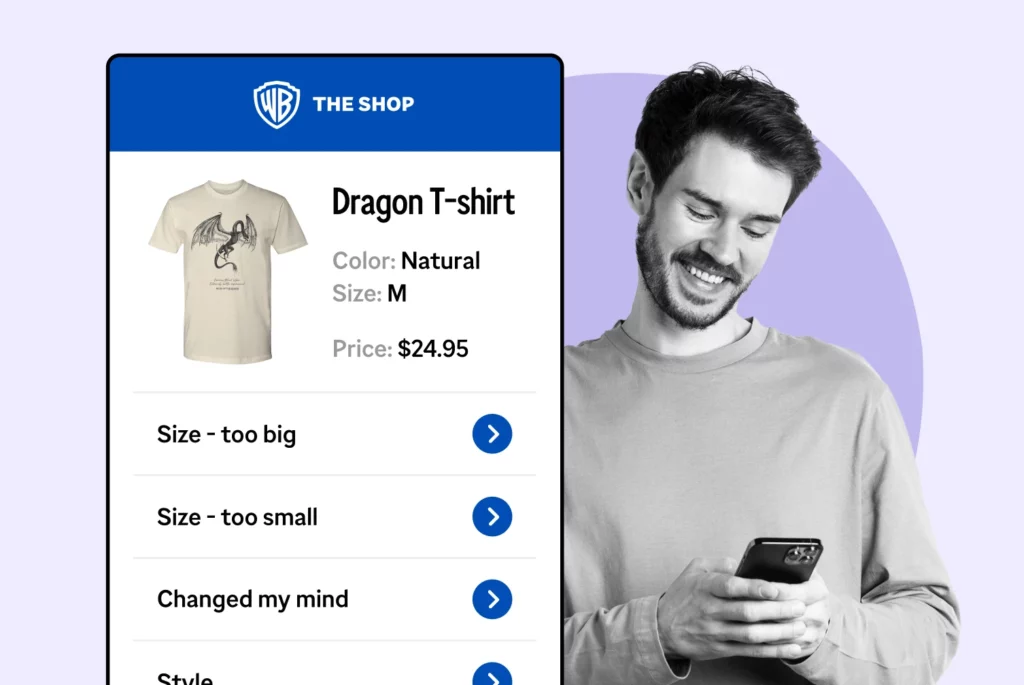
Enhance customer satisfaction, minimize returns, and ensure a positive shopping experience with a breeze-like return process.

Discover how to elevate your post-purchase customer experience with effective strategies and real-life examples. Learn the importance of post-purchase support in building customer loyalty and long-term business success.

Learn how returns management can influence customer lifetime value, or Returns LTV, by either fostering or diminishing customer loyalty.
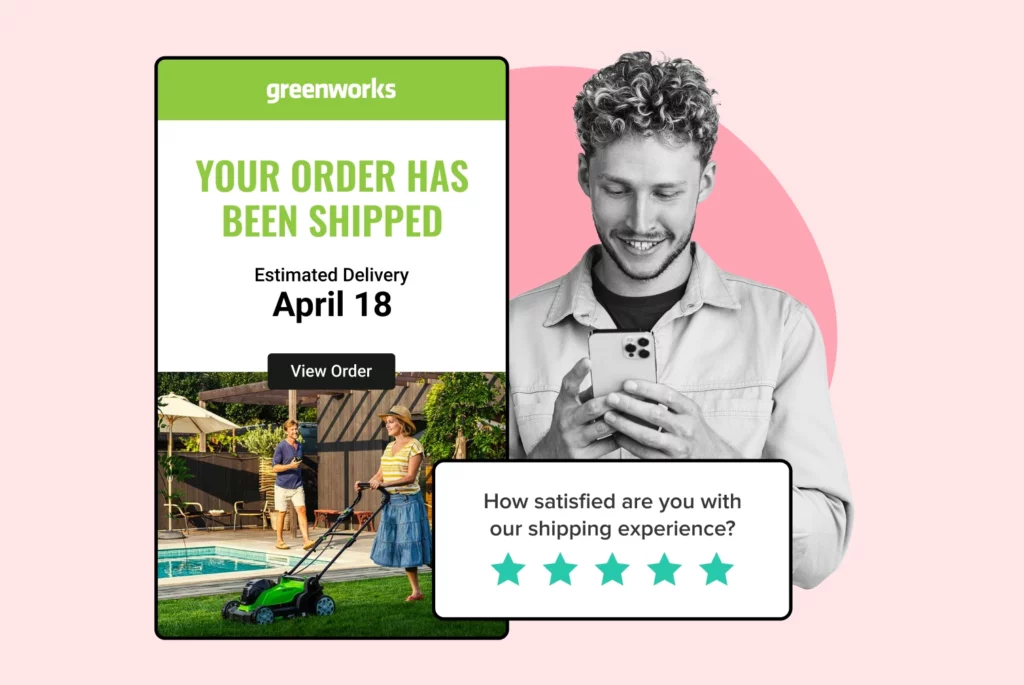
In this blog post, we’ll explore innovative strategies and best practices that can help turn your ecommerce business into a customer retention powerhouse, focusing on the “customer retention buyer’s journey”.